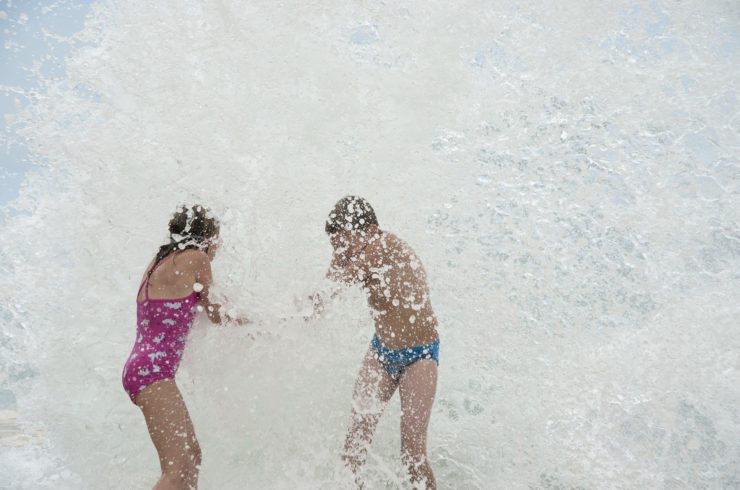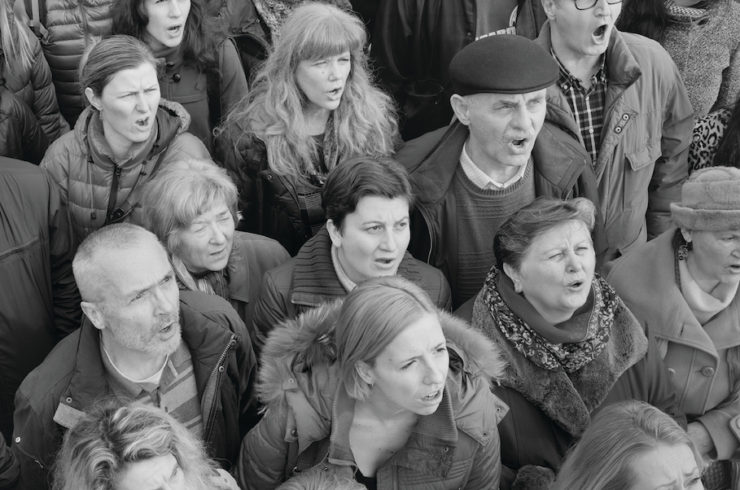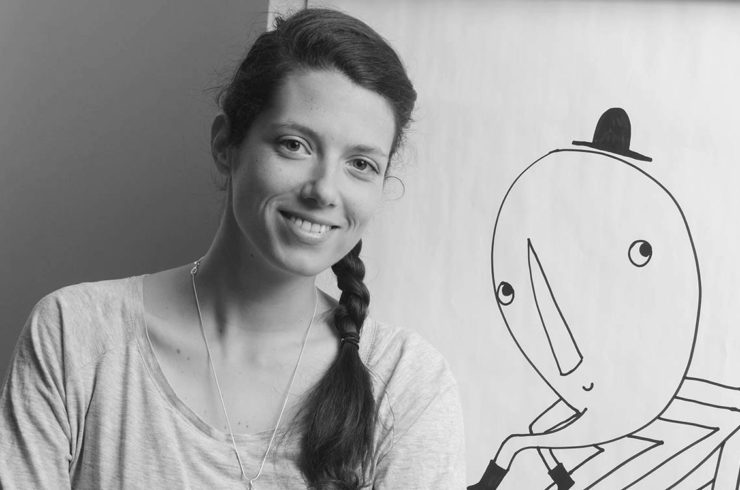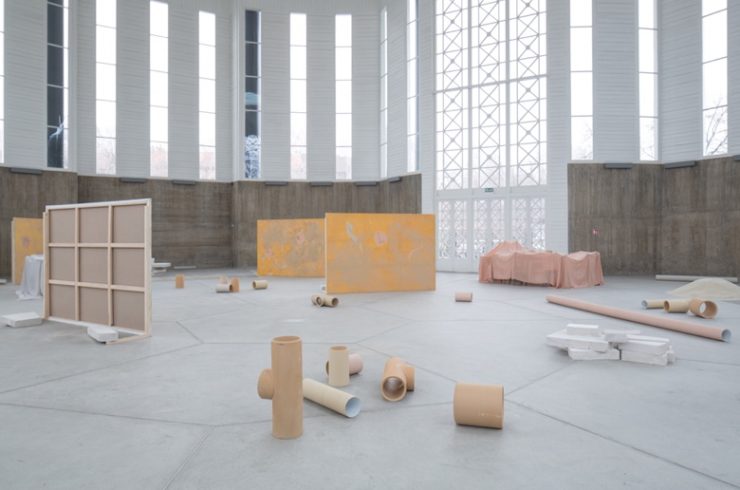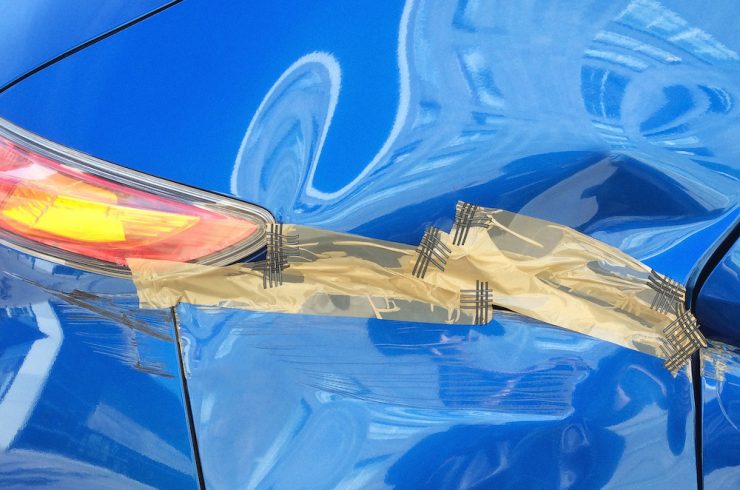Featured, Photography
DIS / Inheritance series: Masa Bajc
The work of Masa Bajc records, at first glance, easily identifiable subjects: trees in a forest, the folds of a mountain range viewed from high above, children playing at the seaside. But look longer, and familiarity surrenders to wonder and sensory experience. To contemplate at a photograph by Bajc is to consider the dreamlike environments in which we find ourselves – no matter how ordinary the setting – and to enter into open-ended narratives governed by imagination.
“I often think about how Rothko thought of his paintings as places where an action is staged and that describe ‘an unknown adventure in an unknown space’,” says Bajc, who serves as Assistant Lecturer in Photography at the Department of Cinematography at the Academy of Dramatic Art in Zagreb. “I think of images as places that connect our inner world to the outer.”
The integration of interior and exterior worlds is a theme that Bajc has returned to time and again in her photographic work. In her 2008 series Encounters, Bajc documents the atmospheric feeling of an encounter only after it has already happened, thus blending reality with subjective memory. More recently, in both After Silence (2014) and Un-Common Realities (2016), Bajc attunes herself to present moments that bring awareness to how we relate to the world around us.
Drawn to certain visual characteristics such as swaths of color, strong horizon lines, and minimal compositions, Bajc successfully generates outward-looking images that invite introspection. “I feel facing a visually ‘non-referential’ space takes us on a journey into a psychological realm. It allows us to dream, to use our imagination,” she explains.
With Bajc behind the lens, even mundane vignettes assume an air of mystery. The images she captures, while generally recognizable, are ambiguous enough that they remain open to personal interpretation. Her approach lends a fresh perspective even to common subjects, such as nature, which is the focus of the series After Silence. Rather than present nature through images that objectify landscapes, flora, and fauna, she ushers us into a natural world that has an almost palpable presence to be felt and experienced.
In Wild Boar (2013), the eye and fur of a woodland creature occupy the lower third of the vertical image. Above, a hazy, luminescent pattern provides an abstract backdrop – an unfocused view, perhaps, of fallen leaves and branches covering the forest floor. The composition is unexpected; it doesn’t quite make sense. More questions arise than answers. What is this creature, and how is it that we can be so close to it? Our attention shifts between attempting to decipher the image and simply experiencing it. While looking, we might imagine the scent of leaves decaying on damp earth as we drift into reverie.
“I first sought to find places of tranquility in nature,” says Bajc of After Silence. “Being still allows us to become aware, to sense movement, sounds and other stimuli that are not only visual. It follows that the images also seem to be quiet and still. But discomfort and disorientation are also present, as the space of the images are enclosed and dense. They escape definite meaning; there is some ambiguity in them. In a way, I try to create room for contemplation.”

In her most recent series, Un-Common Realities, Bajc presents photographs as fragments of possible narratives that position the viewer, like the photographer herself, as an observer of unfolding stories. Here, Bajc is interested not only in the photographic image that records a captured moment but also in the unrecorded events surrounding that moment. She suggests that they might make up space where the imagination of the viewer meets that of the photographer.

The images themselves, even when dreamlike and wondrous, are weighty with untold significance. In Un-common Realities (2016) the subject of the portrait blows bubble gum against a pale blue sky. This person could be a man or a woman – there aren’t any gender-distinguishing features here. His or her close-cropped hair may signify age. It may signify illness. A single tear subtly, arrestingly, trickles from the corner of his or her eye. Is this an image of tragedy, sadness, resignation? Of hope or acceptance? The bubble has burst, yet it retains its fullness.
In another image, Un-common Realities (2016), two children – a girl in pink, a boy in blue – are caught in the spray of waves crashing against the implied coastline. They hunch forward and hold hands to brace themselves against the force of the water. It pushes outward against the frame; sparkling droplets sail toward us. We, too, can anticipate the sensation of water hitting our skin, that painful sort of delight that the shock of cold water sends rushing through the body.
There is an undeniable immediacy, a sort of awe, communicated through Bajc’s photographs of everyday experiences like these. “When I observe and feel things around me, there is always a sense of wonder present,” she says. “I try to keep that in the images.”
Written by Elaine Ritchel
